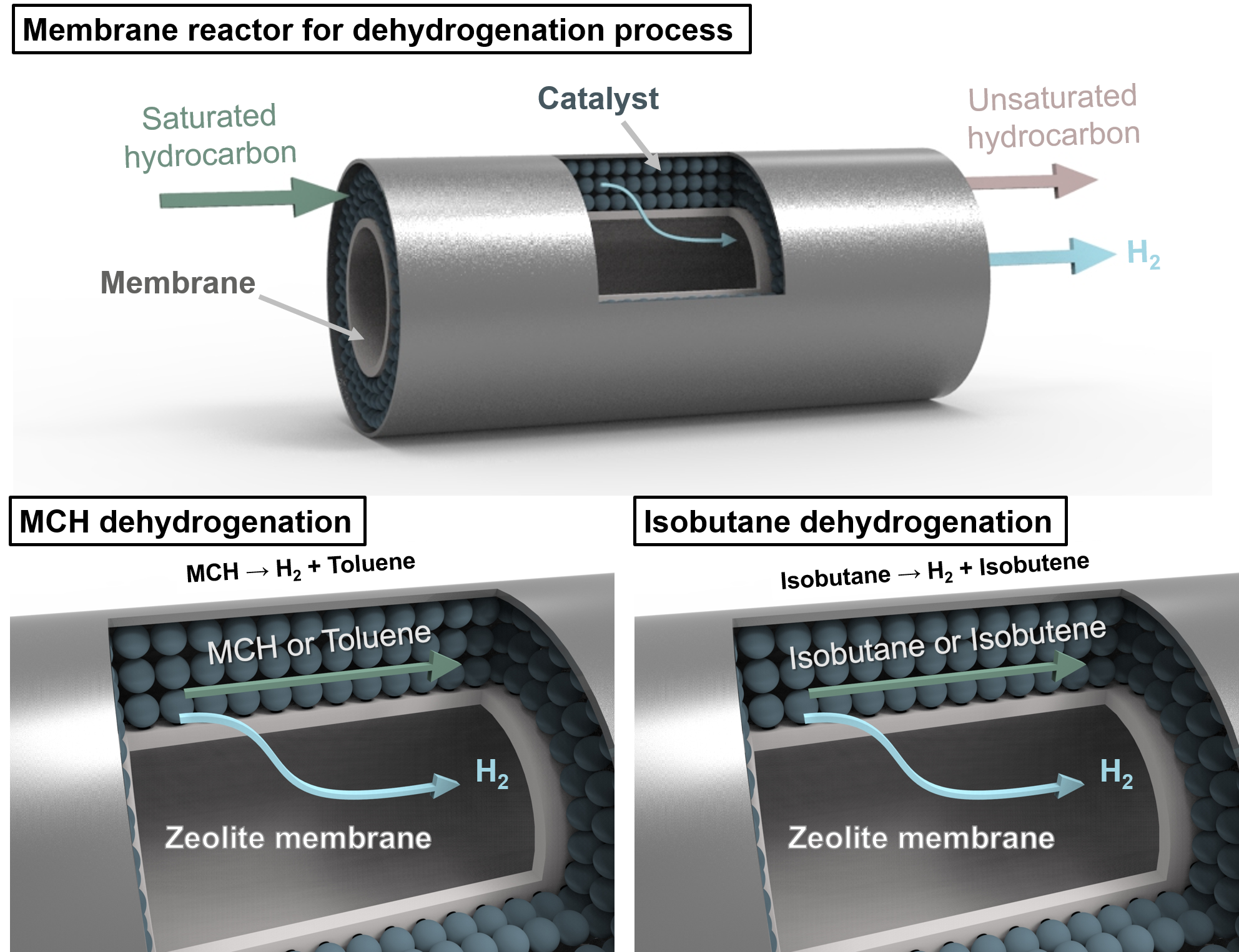Inorganic Materials for Separation and Reaction Lab.


Welcome to IMSR
Most of our research is related to inorganic microporous material-based membranes, adsorbents, and catalysts.
Membrane science is an emerging research area, which will contribute to replacing and/or being complementary to traditional separation processes. Our overarching goal is to make defect-free and high-flux & highly selective membranes with good reproducibility, and further to apply these to industrially important, challenging separations.
In addition, microporous materials are being designed, lab-synthesized, and tuned for eventual uses in catalyst-relevant processes. In particular, studies on finding a simple, but reliable way to overcome pronounced problems deeply related to mass transfer limitation in the microporous catalysts/supports. For this, we would like to control their physico-chemical properties to be suitable for given applications (petrochemical/refinery processes).
In parallel, adsorption and further, adsorption-assisted catalysis have been adopted for achieving the robust uses under harsh conditions including post-treatments (hydrocarbon adsorption/combustion and volatile compound removal) on the emission gas streams in the automobiles, industries (e.g., cement, steel, etc.), and power-plants.
(Please see details in the research section).


-
1.Kim et al., J. Mater. Chem. A 2017, 5, 11246
-
2.Kim et al., Catal. Today 2018, 303, 177
-
3.Lee et al., Catal. Today 2018, 314, 78
Currently, we are extending our expertise to the hydrogen production, which is essential to prepare for the hydrogen economy era. In particular, we would like to use the chemical-engineering-based principle to facilitate the storage/utilization for hydrogen mainly via the liquid organic hydrogen carriers (LOHCs). Furthermore, we would like to work on the water splitting based on photocatalysis. At this moment, we secured reliable separations of H2 and O2, which has a high potential to explode above some critical levels even without ignition sources. Thus, immediate separation of H2/O2 is highly required and will be focused as a top priority.







#812, New Engineering Hall, (TEL) +82-2-3290-3871
Department of Chemical & Biological Engineering,
College of Engineering, Korea University
145 Anam-ro, Seongbuk-gu, Seoul 02841, Republic of Korea

